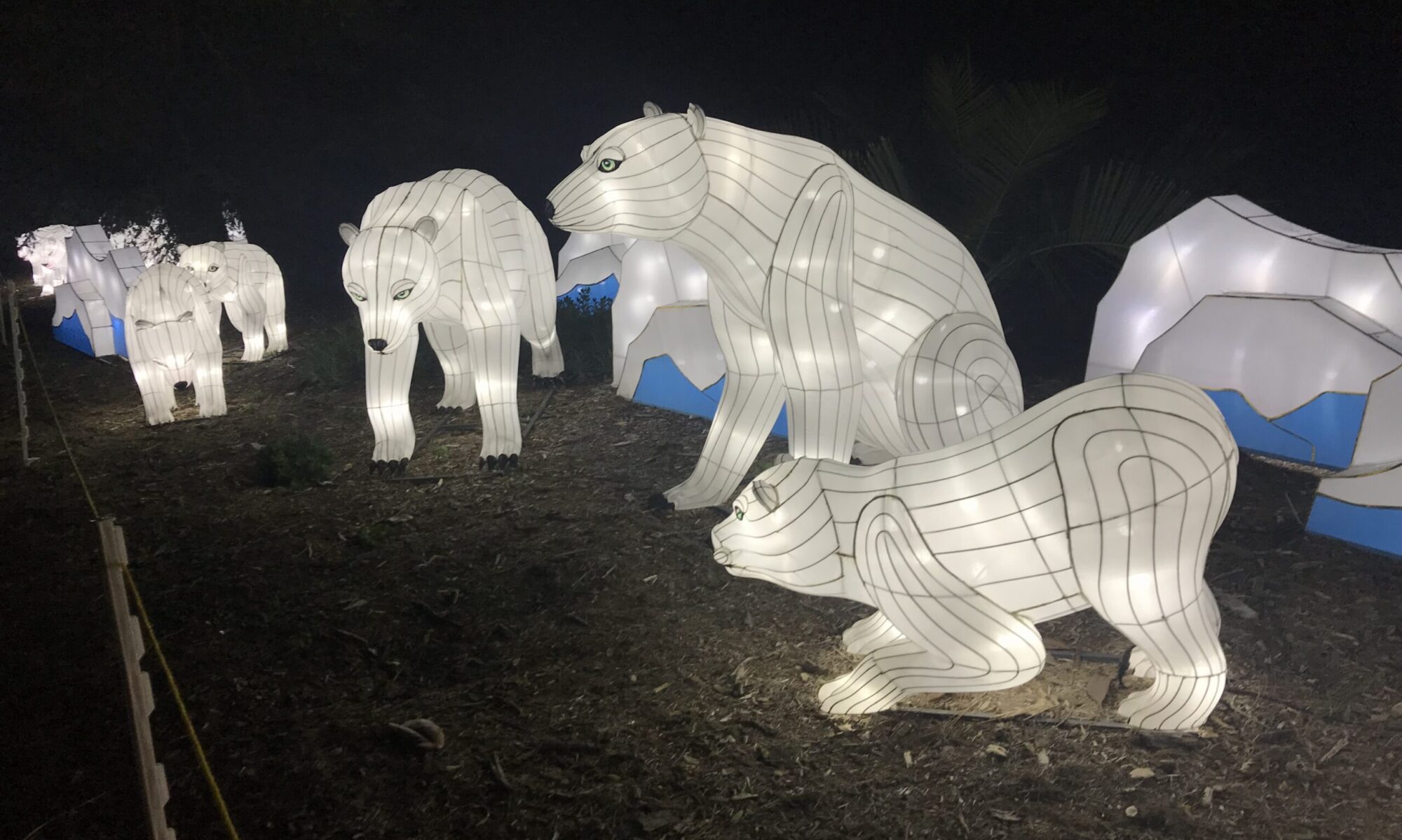The Rose Bowl Stadium was built in the early 1920’s as a permanent home to the annual Rose Bowl game. In the early years of the Tournament of Roses, the Association held “Tournament Games” as an afternoon event following the parade. Various events from football games between local clubs to chariot races were held in Tournament Park, on the edge of the California Institute of Technology campus. Over the years, the attendance had grown to the point the park could no longer support the fun events. So the Association hired an architect, chose a location, and built the iconic Rose Bowl.

The stadium was designed by architect Myron Hunt in 1921. His design was influenced by the Yale Bowl in New Haven, Connecticut, which opened in 1914. The Arroyo Seco, a valley on the west side of Pasadena, was selected as the location for the stadium. The Rose Bowl was under construction from Feb. 27, 1922 to October 1922.[13][14] The nearby Los Angeles Memorial Coliseum also was under construction during this time and would be completed in May 1923, shortly after the Rose Bowl was completed. Originally built as a horseshoe with an open southern endzone, the stadium was expanded several times. The southern stands were completed in 1928, enclosing the stadium into a complete bowl.
The first Rose Bowl game was held January 1, 1923 and featured USC and Penn State. For years the stadium sat quiet except for New Year’s Day. The occasional summer concert, High School Football Championship, or soccer would augment the Rose Bowl on the calendar. Then, in 1982, UCLA moved their football home venue to the Rose Bowl. UCLA had played at the LA Memorial Coliseum for many years. However, as the Coliseum is located across the street from UCLA’s arch rival USC, the Rose Bowl was a more enjoyable venue for the school.

The Rose Bowl was the soccer venue for the 1984 Olympics as well as the Cycling venue for the 1932 Summer Games. The FIFA World Cup Soccer Tournament played out in the stadium in 1994. In addition, the stadium has played host to 5 Super Bowl Games – 1977, 1980, 1983, 1987, and 1993.
But it is New Year’s Day when the stadium feels most like home. A traditional Rose Bowl Game features the winners of the Big 10 and Pac-12 Conference. However, in recent years, as the NCAA has slowly developed and changed its college football playoff program, the game has hosted other opponents including Alabama, Auburn, Texas, Notre Dame, Miami, and Nebraska.

Longtime College Football Commentator, Keith Jackson, dubbed the Rose Bowl Game as the Granddaddy of Them All. How could anyone complain about that? In an era of corporate sponsorship in college athletics, glitzy new stadiums, and endless Bowl Games, the Rose Bowl and its iconic stadium bring tradition and pageantry to Pasadena every New Years.

